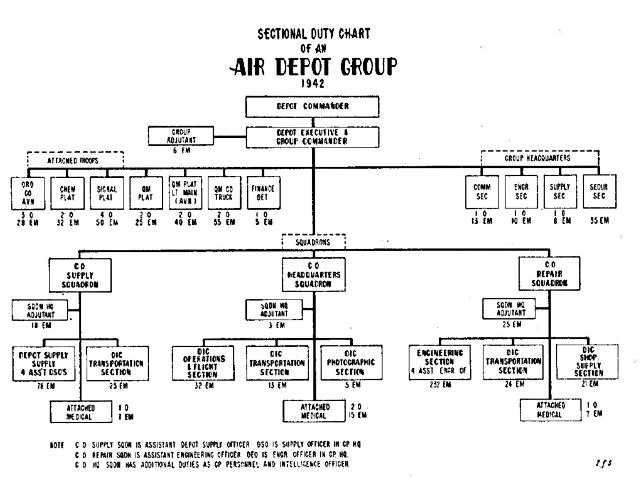The Second Amendment was really the anti-Redcoat provision. Written less than fifteen years after the "shot heard round the world," the object really was to insure the United States would not have a large standing army. The revolutionists believed standing armies were destructive of freedom. The unstated, but clear presumption, was that militias under state control could defend against a small standing federal force, should it be necessary.
Justice Antonin Scalia proudly claims to be an "originalist," meaning judicial decisions should be informed by the original meaning of words in a law or constitution.
Two Sundays ago on Fox News Sunday, Justice Scalia revealed his ignorance of historic terms of art in the profession of arms and his superficial grasp of original meaning. The interviewer, Chris Wallace, asked Justice Scalia about the Second Amendment in light of the mass killings in Aurora, Colorado. Could there be any limits on the right to bear arms? Wallace asked. Scalia answered that, if a weapon can be hand-held, it probably still falls under the right to “bear arms”:
WALLACE: What about… a weapon that can fire a hundred shots in a minute?Obviously?
SCALIA: We’ll see. Obviously the Amendment does not apply to arms that cannot be hand-carried — it’s to keep and “bear,” so it doesn’t apply to cannons — but I suppose here are hand-held rocket launchers that can bring down airplanes, that will have to be decided.
WALLACE: How do you decide that if you’re a textualist?
SCALIA: Very carefully.
Obviously Antonin Scalia has never borne arms. To bear arms is a term of art, ancient in origin, which means "to serve in the armed forces." Military personnel keep and bear arms. The term is not limited to arms a person can carry. Legally, under the International Traffic In Arms (ITAR) regulations, the term can apply to items not normally thought of as arms, like encryption programs. To "keep arms" does not mean to have in one's possession. It means to maintain in good order, as for example a lighthouse keeper does for a lighthouse.
These are things the average person understood in 1789.
Some definitions:
"arms [ɑːmz]pl n
1. (Military / Firearms, Gunnery, Ordnance & Artillery) weapons collectively See also small arms
2. (Military) military exploits prowess in arms
3.
(History / Heraldry) the official heraldic symbols of a family, state,
etc., including a shield with distinctive devices, and often supports, a
crest, or other insignia
bear arms
a. (Military) to carry weapons
b. (Military) to serve in the armed forces
c. (History / Heraldry) to have a coat of arms
(Military)
in or under arms armed and prepared for war
(Military)
lay down one's arms to stop fighting; surrender
(Military)
present arms Military
a.
a position of salute in which the rifle is brought up to a position
vertically in line with the body, muzzle uppermost and trigger guard to
the fore
b. the command for this drill
(Military)
take (up) arms to prepare to fight
to arms! arm yourselves!
Civilians do not bear arms - soldiers and sailors do.
To bear arms includes to equip one's force with or operate any kind of weapon, including: sword, spear, pike, rifle, pistol, howitzer, bomb, torpedo, airplane, tank, warship, even military trucks, jeeps, or other logistical equipment for military uses.
On a linguistic note, I wonder if Scalia's native tongue is English. In English (and Judges are expected to be very careful with language), there is a vast difference between "people" and "the people." "People" can refer to a collection of individuals - "people like football," for example. "The people" is always a collective noun and never refers to individuals. The drafters of our constitution invariably used the word "persons" when they referred to an individual right, though "people" might have also served the purpose. So when the drafters of the Second Amendment wrote "the right of the people to keep and bear arms," as a matter of language, they were not referring to an individual right.
Scalia's insistence that the Second Amendment confers an individual right to keep and bear arms is deficient as a matter of English grammar, reflects an inaccurate understanding of original meaning, and presents him with a logical dilemma, because he apparently recognizes that there must be some limits.
But he is wrong about cannon (and also ships, planes, rockets, bombs, torpedoes, missiles, etc.). They are all arms, and the people who maintain and operate them are engaged in keeping and bearing arms.
Which neither Antonin Scalia nor any other sitting Justice has ever done.





